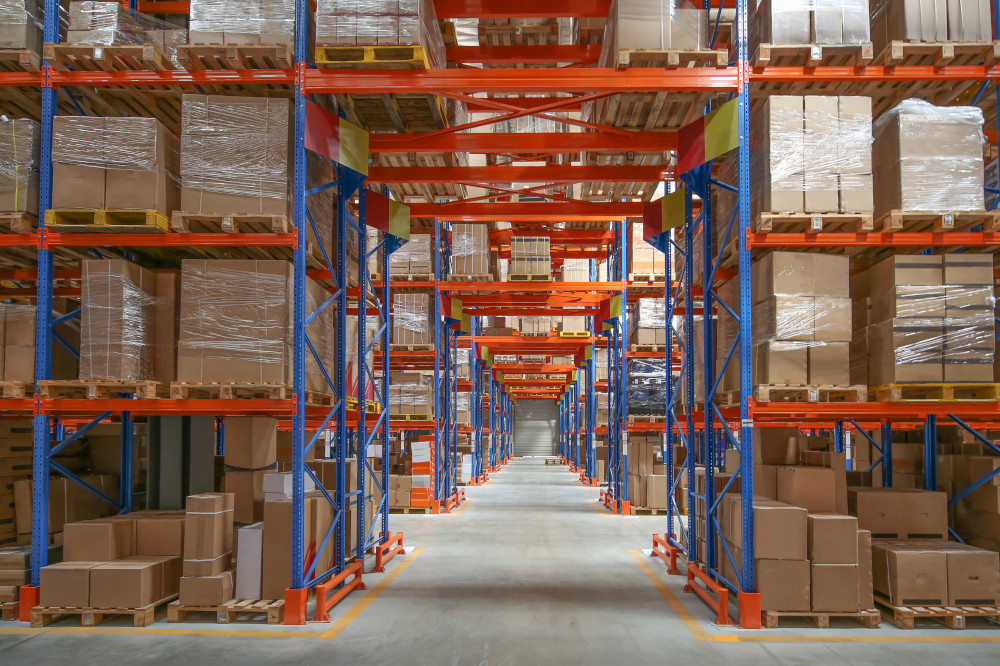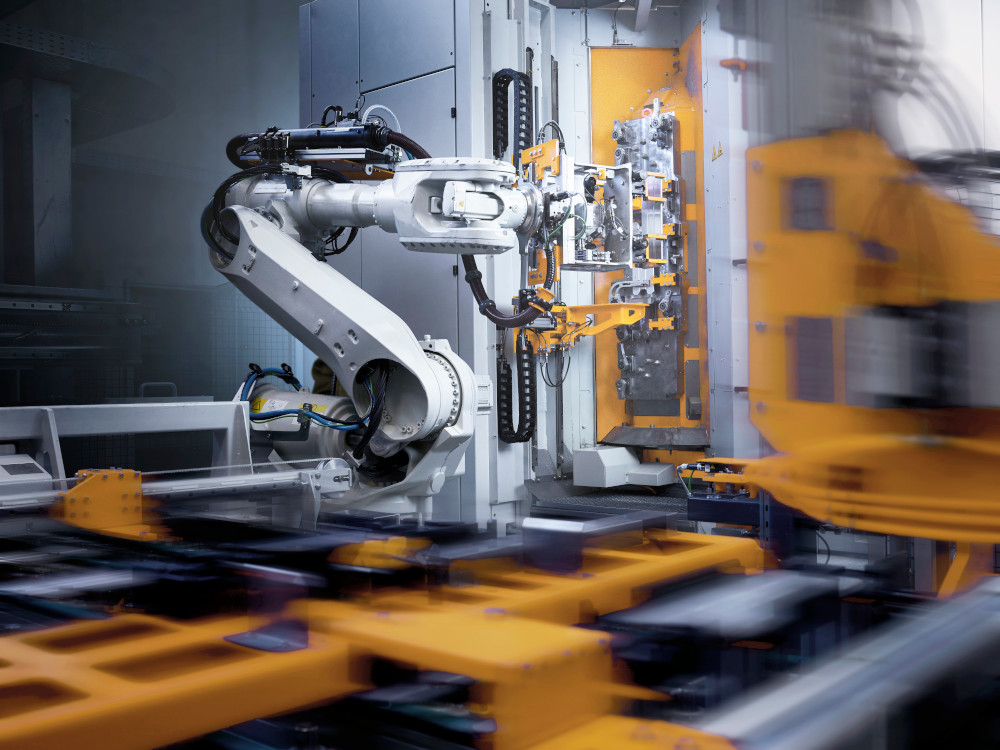Depending on whom one asks, digital twin technology has been around since 1991, 2002 or 2010. In the past few years, however, interest in digital twins for manufacturing has intensified for two critical reasons: a scarcity of workers and a scarcity of raw materials. While digital twins have been gaining popularity for several years, businesses since the pandemic see these virtual representations of their physical worlds as essential to optimizing the use of scarce resources, resolving performance issues, and gaining insights that lead to dramatic operational improvements.
Digital twins in manufacturing: approaches and applications
For manufacturing, digital twins can be considered by approach or by application. Approaches include complex final product twins (like jet engines), factory twins (processes related to a piece of equipment) or buildings (“smart spaces,” which optimize facilities by comparing components of a single structure, managing its configuration, controlling its systems’ performance and modeling simulations).
Applications include:
- Predictive maintenance applications use data starting with and building from Internet of Things (IoT) sensors that monitor asset conditions to identify patterns and create models for maintaining manufacturing equipment.
- Supply chain forecasting applications replicate entire operations starting from raw materials and ending with distribution. These digital twins model the supply chain horizontally and vertically, even across multiple enterprises. The real-time visibility these models provide helps predict disruptions in the availability and demand of materials from supply to endpoint. They also help simulate next best actions as a basis for collaborations internally and with trading partners and even support the analysis of acquisition strategies.
- Logistics optimization applications can surface enhancements and opportunities concerning movement of goods such as advising drivers about road conditions, optimizing warehouse configurations, tracking containers and managing fleets. These applications reduce costs by creating new efficiencies in movement of products and operations of logistics assets.
- Asset utilization and optimization applications answer fundamental questions about how well assets are operating: do they run when they should? Do they provide outputs as-intended? Are assets being over or under-utilized? Beyond the basics, digital twins for asset utilization and optimization provide insights into how to improve assets so they run more efficiently.
- Operational efficiencies applications answer questions about improving the quality and rate of production. In situations where raw materials and parts are constrained, operational efficiency applications help ensure optimal consumption of supplies and maximum utilization of equipment and production lines.
Digital twins rely on IoT sensors and other data to develop models from real-world operational equipment. Because the cloud centralizes diverse data from sensors throughout assets and facilities to assemble the models in real-time, cloud is generally the deployment model for digital twins implementations. Permeating the barrier between operational technology (OT) and the internet, however, introduces new data and network security risks for most manufacturing businesses. Given that digital twins for manufacturing are generally deployed in an environment where OT – some of it potentially decades old – is already running, how can businesses securely model digital twins in the cloud?
Digital twins in manufacturing: making a strong start
Digital twins can be deployed successfully in an incremental way, especially for manufacturing applications. Focusing at first on a specific set of assets or processes is the ideal way to start, because after early wins and early lessons, the twins can be expanded to models of greater scope.
Asset utilization and optimization or operational efficiency applications both create a foundation for measuring success, which makes either one ideal for early digital twins implementations. Businesses will be able demonstrate the value of digital twins early on by using them to make initial decisions that streamline operations, reduce costs and utilize resources more effectively to enhance yields.
Businesses setting out to introduce digital twins will want to start by defining success as a basis for measuring effectiveness. They’ll also want to ensure the security of their digital twins implementations.
Articulating success criteria to measure digital twins’ value
What makes a digital twin implementation a successful one? The answer could be different for every manufacturer and application. The ideal digital twin would emulate its physical counterpart with complete accuracy and in complete detail, but the real test of its success is in how effectively it provides the insights the business is looking for.
Manufacturers will want to articulate clearly what success means and measure the digital twin’s attainments against that. For instance, for asset utilization and optimization application, that may mean “has the digital twin yielded insights that reduced energy consumption?” For an operational efficiency application, that may mean “has the digital twin model provided information to reduce our seconds rate?”
Security considerations for digital twins
For a digital twin to operate, the asset or process must transmit data to the cloud regularly to update the twin with real-time (or near real-time) statistics and data. While IT infrastructure is conventionally secured in a structured way, OT typically lacks equivalent controls. For most manufacturers, this potentially exposes formerly isolated OT assets as a possible attack surface. Businesses will want to scrutinize policies, tools and practices related to OT security carefully before establishing digital twins of these assets. These reviews will help ensure new threat vectors are adequately monitored and managed.
First forays into digital twins with applications like asset utilization and optimization or operational efficiency will develop manufacturing organizations’ expertise and facility with digital twin deployments. From there, it’s possible to expand or integrate digital twin models to encompass additional assets or processes, and in so doing gain the digital twin advantage for greater spheres of the manufacturer’s operations.
To learn more about our emerging technologies solutions, contact us.






